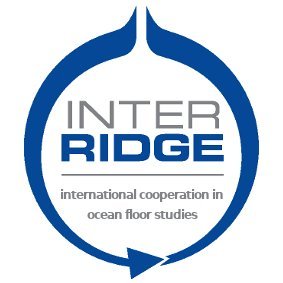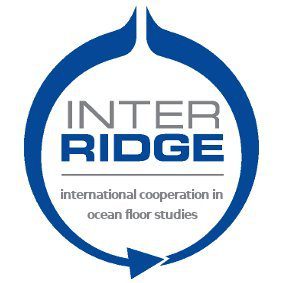InterRidge 2023 Webinar January
Supra-subduction Zone Ophiolite vs Mid Ocean Ridge Ophiolites: A Perspective from Oman (9:00 GMT, Thursday, January 26th)
Summary
One of the major topics of debate in ophiolite geology is the original tectonic setting of ophiolites. New studies show that most ophiolites are formed more frequently in a supra-subduction zone (SSZ) environment and that only a very small number of ophiolites have formed in an oceanic range (MOR). Masirah Island, the Batain and Ras Madrah areas of eastern Oman are almost entirely composed of a well-developed ophiolite, known as the Masirah ophiolite. which is, however, completely unrelated to the nearby Samail Ophiolite in the northern Oman Mountains. The Masirah ophiolite is Jurassic in age and represents oceanic lithosphere derived from the Indian Ocean, but is about 15–20 Myr later than emplacement of mid-Cretaceous Samail ophiolite, which was typically formed in a supra subduction zone environment. The Masirah ophiolite is one of the few true ocean ridge ophiolites that have been preserved, and lacks any indication that it formed in a subduction environment. The ophiolite was generated during the proto-Indian Ocean MOR extension and emplaced as a result of the obduction of the ophiolite over Oman Continental margin during Late Cretaceous-Early Paleocene.
Main points
- Ophiolite Geology through time
- MOR Ophiolite
- SSZ Ophiolite
Brief information about Dr. Sobhi Nasir: Main career and academic interest
Professor Sobhi Nasir graduated in Mineralogy/Petrology at Wurzburg University-Germany (1986). After his PhD studies he worked for 5 years at the Yarmouk University in Jordan, 4 years at the United Arab Emirates University, 8 years at Qatar University. Prof. Nasir Joined the Sultan Qaboos University in Oman in 2004 as a head of Department and now he is the Director of Earth Sciences Research Centre and the UNESCO Chair for Ophiolite Studies as well as an Adjunct Professor at Western University, Canada. He is also the chair of International Geoscience Program (IGCP) Council-UNESCO. Prof. Nasir has built his international reputation through his research focusing on Oman, Germany, Australia and the Arabian lithosphere. He is a member in several editorial board members of international journals in earth sciences and received many national and international researches funding for his research as well as many international awards including the ESESCO Prize for Sciences and Technology 2016. Prof. Nasir is highly involved in research with primary interest in the ophiolite geology, volcanic rocks, carbonatite, kimberlite, and applied mineralogy. His research on upper mantle and lower crust mineralogy and chemistry has resulted in building a school for the Middle East petrology which helped in interpreting large scale geological phenomena especially those related to the geodynamic evolution of the Arabian lithosphere and opening of the Gulf of Aden and the Red Sea.

